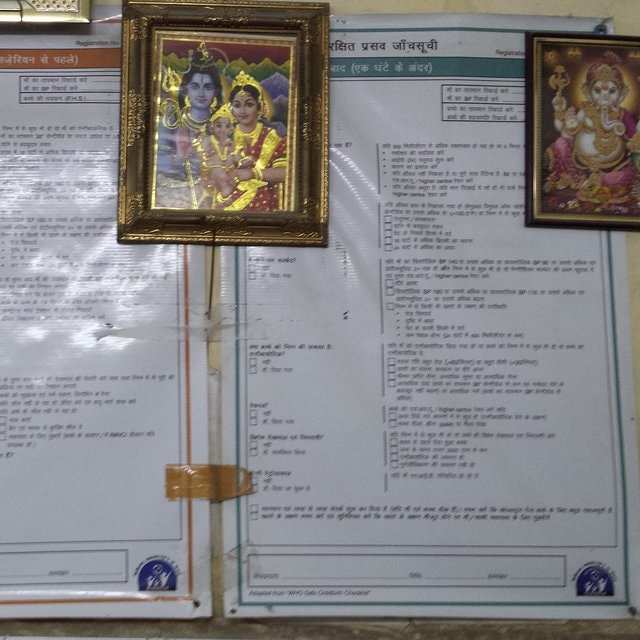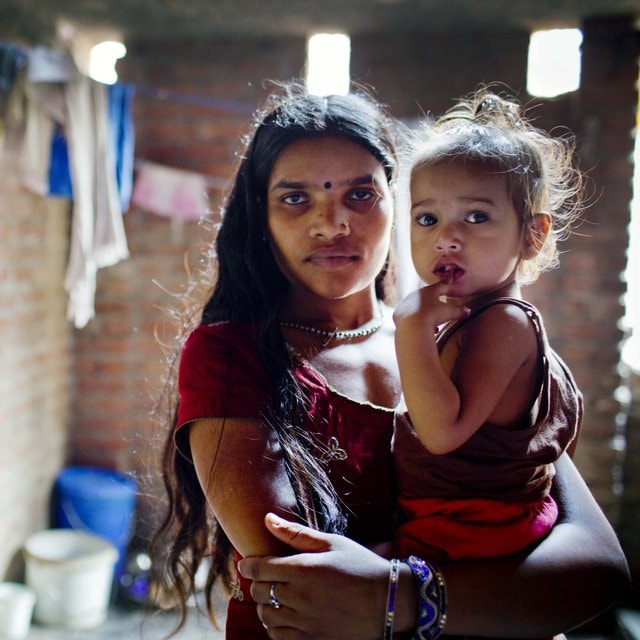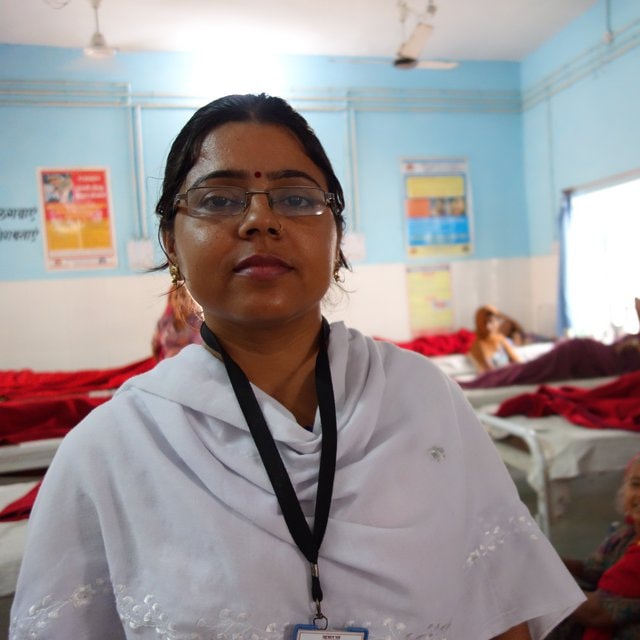Saving babies' lives in Rajasthan
A simple checklist is making a remarkable difference in the labour rooms of Rajasthan
Too many babies die from preventable causes in their first month of life. Despite the best efforts of maternity and medical staff, simple checks and practices are often overlooked or forgotten.
According to new data and medical staff in the Indian state of Rajasthan, an innovative to-do list has the potential to save the lives of mothers and babies. What began as a knowledge tool to jog their memories, the checklist is having an impact as a framework for care, management, training and resource allocation.

The Safe Childbirth Checklist
The WHO’s Safe Childbirth Checklist is a simple, paper-based tool which was developed to support health workers in low-resource settings to perform essential practices and prevent avoidable childbirth-related deaths. The Checklist suggests actions at four stages (before, during and immediately after birth, as well as on discharge) aimed at the most common causes of maternal mortality (haemorrhage, infections, hypertensive disorders, and obstructed labour), intrapartum related stillbirths, and neonatal mortality (birth asphyxia, infection, and complications of prematurity).

Measuring impact
In Rajasthan, 101 health facilities across seven districts are now implementing the Checklist programme with support from Jhpiego. Another 99 facilities in six districts act as control sites.
The Public Health Foundation of India conducted an independent evaluation of the programme in 34 high-load facilities, covering 137,039 live births. The evaluation found that after a one year period, there were 11% fewer stillbirths and very early newborn deaths (ie. deaths within the first 48 hours) in Checklist facilities compared to the control sites.
The programme saved 375 babies at a cost of $3,783 per stillbirth and very early newborn death averted and $63 per life year saved.

Changing behaviour
Health workers acknowledged that in some cases it was a challenge introducing the Checklist. Some thought it would be another layer of bureaucracy, adding to their workloads. However, in practice they have found it has improved the way they work. The programme has demonstrated that it takes time to shift health worker behaviours and establish new practice norms. It requires regular supervision and follow up in health clinics after the initial training to ensure good practices are sustained in the labour room. With training and mentorship, the Checklist has empowered maternity staff with the knowledge they need to make life-saving decisions for mothers and children without always waiting for a doctor’s opinion.
In the state of Rajasthan, for every 1,000 children born, 38 die within the first month.
In the Indian state of Rajasthan, for every 1,000 children born, 38 die within the first month. The Safe Childbirth Checklist is serving as a framework to help bring this number down by boosting the knowledge and confidence of nurses to act in the absence of a doctor, increasing availability of life-saving drugs, and improving hygiene, cleanliness and the overall of quality of care.
The Checklist has been incorporated into the Government of India’s maternal newborn health tool kit, and is being rolled out to other states.
Reducing newborn deaths in Rajasthan
For more on the Safe Childbirth Checklist, visit
To discover the personal stories behind the Safe
Childbirth Checklist, read Ensuring quality, saving
lives‘.
Photos courtesy of Indrani Kashyap (Jhpiego) and Kate Holt